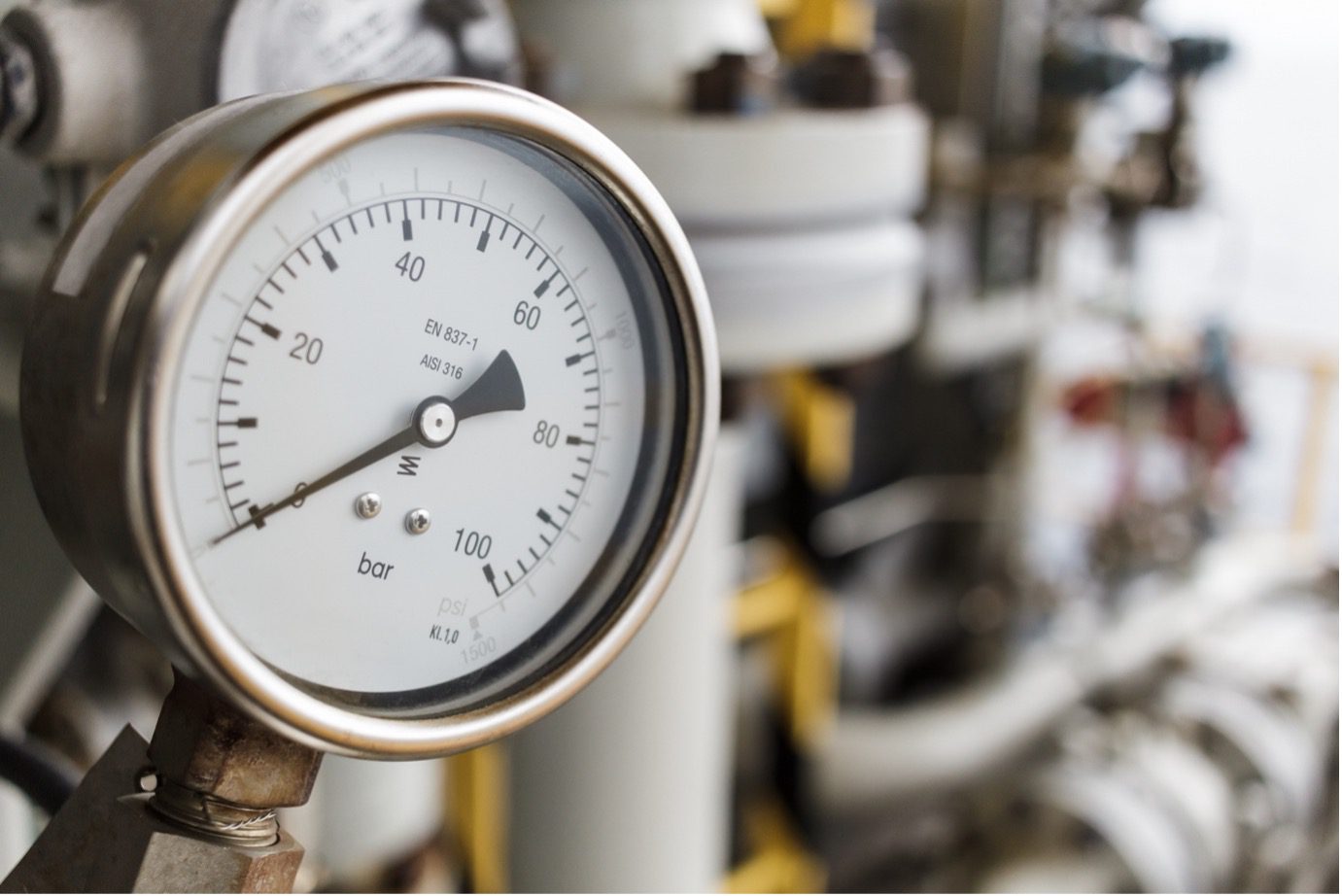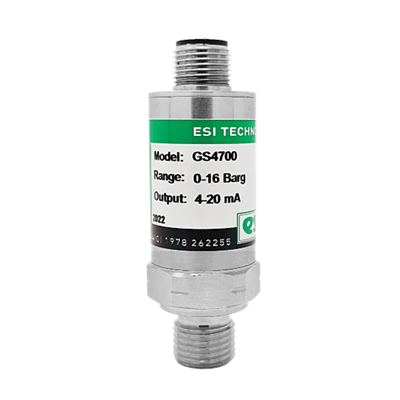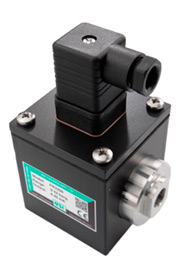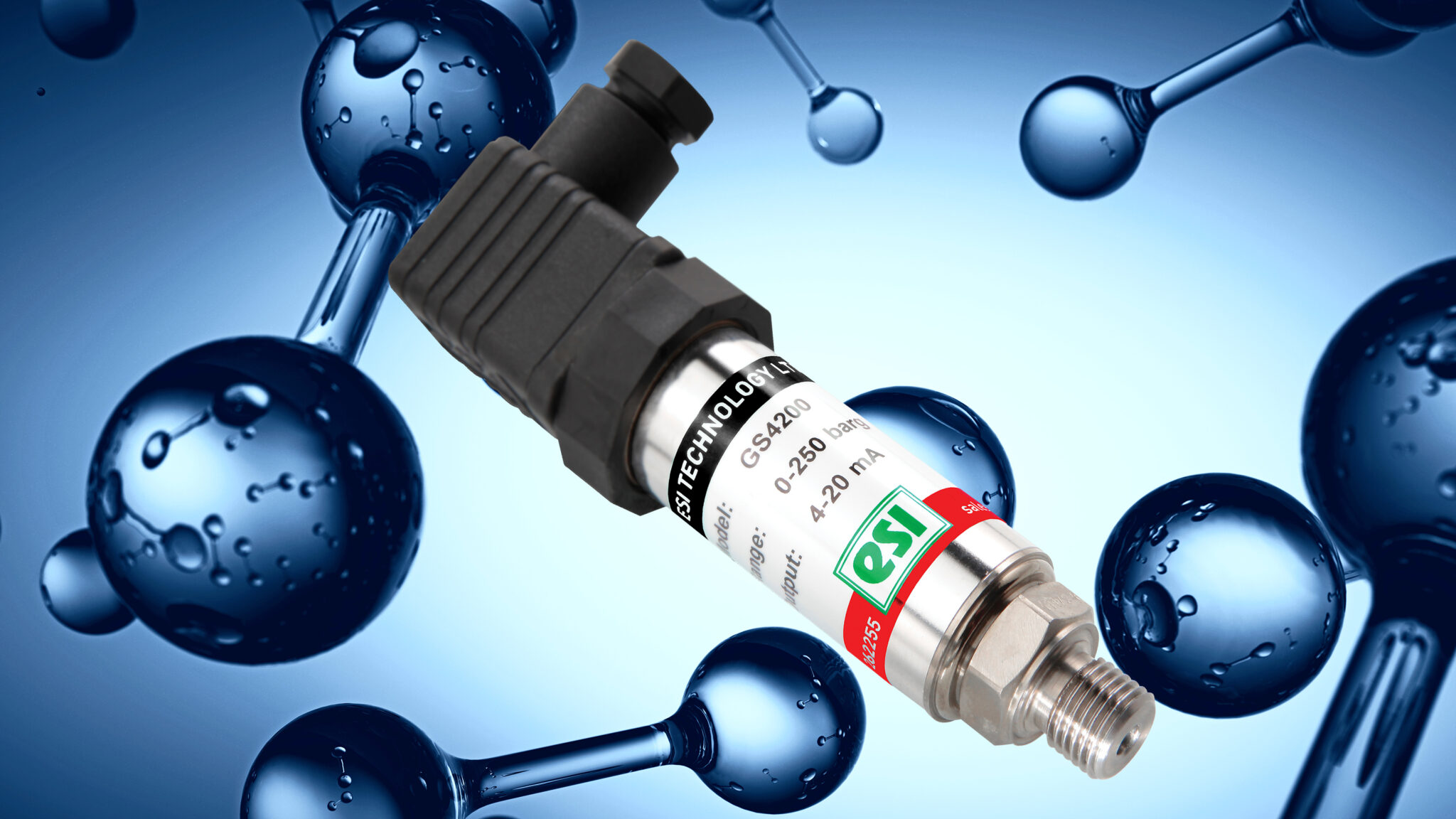 There are many different systems of pressure measurement. Absolute pressure and sealed gauge pressure are two of the most common. There are many differences between these two measurements of pressure that have significant effects on their use and measurement. Depending on why you are measuring pressure, determining whether you need gauge or absolute reference pressure is as important as selecting the pressure range itself, particularly for low pressure.
There are many different systems of pressure measurement. Absolute pressure and sealed gauge pressure are two of the most common. There are many differences between these two measurements of pressure that have significant effects on their use and measurement. Depending on why you are measuring pressure, determining whether you need gauge or absolute reference pressure is as important as selecting the pressure range itself, particularly for low pressure.
Sealed Gauge Pressure Dial
If you get it wrong it could create huge errors in your measurements. The simplest way to explain the difference between the two is that absolute pressure uses absolute zero as its zero point, while gauge pressure uses atmospheric pressure as its zero point. Due to varying atmospheric pressure, gauge pressure measurement is not precise, while absolute pressure is always definite.
 Gauge Pressure
Gauge Pressure
Gauge pressure is the most often used method of measuring pneumatic pressure. It is the relative pressure of the compressed air within a system. Gauge pressure can be either positive or negative, depending upon whether its level is above or below the atmospheric pressure reference. Atmospheric pressure serves as the reference level for the most significant types of pressure measurements. For example, if we inflate a tire to 30 psi, an ordinary tire-pressure gauge will express this pressure as the value in excess of atmospheric pressure, or 30 psig (“g” indicates gauge pressure). This reading shows the numerical value of the difference between atmospheric pressure and the air pressure in the tire.
> Learn more about our Gauge Pressure & Absolute Pressure Transducer, GS4700
Gauge Pressure Dial
Gauge pressure is measured in relation to ambient atmospheric pressure. Changes in the atmospheric pressure due to weather conditions or altitude directly influence the output of a gauge pressure sensor. A gauge pressure higher than ambient pressure is referred to as positive pressure. If the measured pressure is below atmospheric pressure it is called negative or vacuum gauge pressure. Gauge pressure sensors usually have one pressure port. The ambient air pressure is directed through a vent hole or a vent tube to the back of the sensing element. So that it always measures with reference to the ambient barometric pressure, a vented gauge pressure transmitter allows the outside air pressure to be exposed to the negative side of the pressure sensing diaphragm. Therefore, a vented gauge pressure sensor reads zero pressure when the process pressure connection is held open to atmospheric air.
A sealed gauge reference is very similar except that atmospheric pressure is sealed on the negative side of the diaphragm.
This measurement is usually adopted on high pressure applications such as measuring hydraulic pressures where atmospheric pressure changes will have only a slight effect on the accuracy of the sensor. The definition of sealed-gauge pressure is the pressure measured through a sealed device in which the zero point is set. This set point is whatever the pressure inside of the device was before sealing, which is set by manufacturer of the sealed pressure gauge.
Absolute Pressure
Absolute pressure is defined as the pressure of having no matter inside a space or as a perfect vacuum. Measurements taken in absolute pressure use this absolute zero as their reference point.
The best example of an absolute referenced pressure is the measurement of barometric pressure.
In order to produce an absolute pressure sensor, the manufacturer will seal a high vacuum behind the sensing diaphragm. Therefore, if you hold open the process pressure connection of an absolute pressure transmitter to the air, it will read the actual barometric pressure.
When to Measure Absolute Pressure or Gauge Pressure There is not always straightforward answer. However, in general, if you want to measure or control a pressure that is influenced by changes in atmospheric pressure, such as the level of liquid in an open tank, you would choose vented gauge pressure. This choice is based on your interest in the pressure reading minus the atmospheric pressure component. If you want to measure pressures that are not influenced by changes in atmospheric pressure, e.g. leak testing a completely sealed non-flexible container, you would use an absolute pressure sensor. If a gauge pressure sensor was used instead to measure the container pressure and the barometric pressure changed, then the sensor’s reading would change, despite the fact that the pressure in the container remains the same.
 Differential Pressure Sensor
Differential Pressure Sensor
It is possible to use a Differential Pressure Sensor instead of a gauge reference pressure sensor, with the positive side connected to the media and the negative side vented to the ambient atmospheric pressure.
A gauge reference sensor is one that is referenced to ambient air pressure via a vent tube which is connected from the negative side of the sensing
diaphragm to the outside environment, e.g. through the signal cable or a hole beside the electrical connector. So by leaving the negative side port of the differential pressure sensor vented to atmosphere, you are in effect creating a gauge reference pressure sensor.
Let us offer the pressure switch or pressure transducer that best fits your application.
Contact us > Phone: 1-800-473-7313 | Email: sales@sucoesi.com

